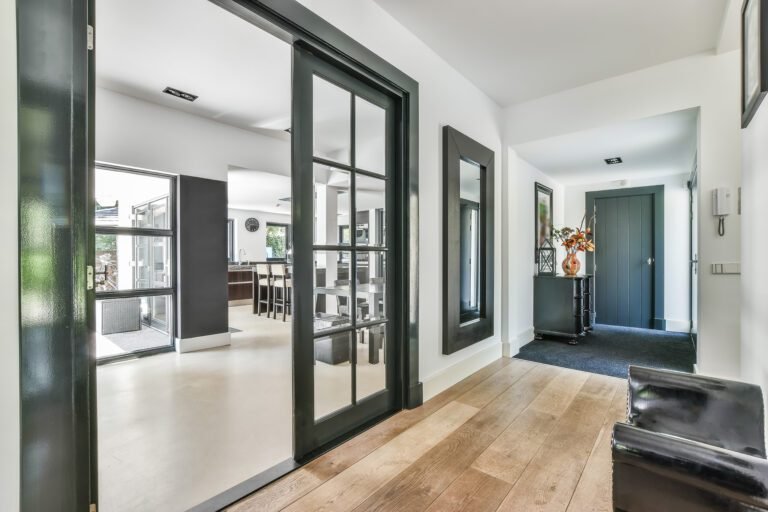Top-hung sliding doors are the perfect option for modern and space-saving interiors. They provide an easy method for separating rooms while also elevating the appearance of a space. Although installing these doors may initially feel overwhelming, it can be made simpler when appropriately approached. These tips will help ensure a smooth installation process.
Understanding the Basics
Knowing what parts are involved before you start is of the utmost importance. Top-hung sliding doors use a track system to hang the door from above. The door then slides on the track hung from the overhead. Unlike conventional doors, these do not have a floor track, making them perfect in areas where a clean-finish floor is desired. Choosing quality top hung sliding door tracks ensures durability and smooth operation over time.
Preparing the Workspace
A smooth installation relies on the quality of preparation. Clear the area where the door will be hung. This will ensure that there is plenty of room to move around and that you will not have to worry about an accident. Collect the required tools and materials, including the sliding door kit, drill, screws, level, and tape. It saves some time and effort to have everything ready.
Measuring Accurately
Accurate measurements are crucial. Measure the width and height of your doorway first. This will dictate the size of the door and track required. Now, if moulding or trim would conflict with the door’s opening, include that in the experience. More importantly, measure twice to avoid any expensive errors.
Installing the Track
One of the most essential parts of the sliding door system is the track used. First, measure the height you want to put it on the wall. Check with a level to see that the track will lie even. Finally, drill holes according to the lines and screw the track in place. Any tilt will cause the track to roll the door, so you must ensure everything is level.
Hanging the Door
Now that the track is up, the door is ready to be hung. The first step is to install the hanger brackets on the top of the door. These brackets will attach to rollers that will ride up and down the track. Raise the door carefully to place the rollers on the track. You may need help with this step, as the door is heavy and difficult to maneuver.
Adjusting for Smooth Operation
When you get the door in place and hanging, you will likely need to adjust it as required for it to move well. Make sure that the door slides easily along the track. You can also try the same thing with the rollers (on top of the door) and the alignment of the track. A correctly aligned door should operate smoothly with little friction. Make sure to tighten any screws that may be loose, and just check that all components are held in as they should be.
Adding Door Stops
Door stops are necessary to keep the door from rolling off the track. Add these stops to the ends of the track. They serve as a blockade, holding the door where it belongs. Just be mindful of where you place them, as they can damage your door or wall.
Finishing Touches
Once the door is attached and fully operational, it’s time to finish it off. You might want to include a handle or a pull that matches the room’s design. Keep it at a comfortable height so you can access it easily. Look for any cracks or gaps that may permit light or air to come in. Closing these holes offers more privacy and provides better insulation.
Maintaining the System
Timely upkeep will allow the sliding door system to last much longer. Regularly inspect the track and rollers for debris or obstructions. Dirt buildup can hinder the door from moving properly along the track, so you need to clean it. Lube the rollers every now and then to ensure smooth-running electrical exercise.
Conclusion
Top hung sliding door tracks are the cherry on top of a space, making them functional and stylish simultaneously. With these tips in mind, a successful installation that complements any interior is possible. Use proper preparation, attention to detail, and regular maintenance to get the most out of this classy door option. However, when done with precision, it is relatively easy for anyone to design a sophisticated and time-effective entrance that would last decades.


































